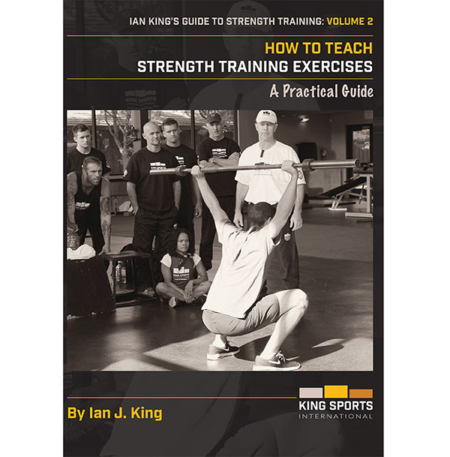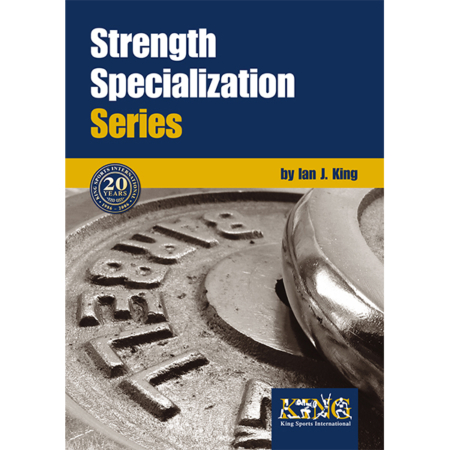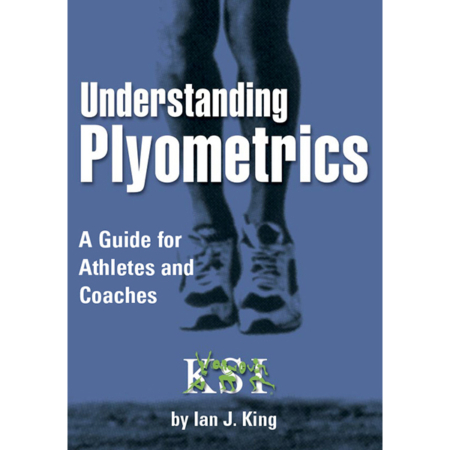Description
This book is about the practical act of TEACHING STRENGTH EXERCISES, an activity that many people do on a daily basis and that forms a component of their professional services. The content for this book was developed over thirty years of practical personal experience in strength training, eighteen years of studying the art and science of strength training, and fifteen years of professional experience in teaching strength training exercises.
In brief it was written from practical experience for people who wanted to know practical guidelines of HOW TO WRITE Strength Training Programs. There are relatively few texts available on the subject of teaching strength training exercises – what makes this book even more unique is it provides guidance in the practice of teaching these exercises, not just the theory.
This is how the book is presented. It is broken into three parts. Part A (Methods of Teaching Strength Training Exercises) takes you, step by step, through the an analysis of dominant and historical influences of training, highlighting the limitations of these methods before presenting the rationale for an alternative method of teaching.
Part B (Teaching Progressions for Strength Training Exercises) examples of how strength training exercises can be taught in an certain progressions with their ‘family trees’. Rather than attempt to cover progression possibility, this section presents models of how you can approach exercises in a logical progression from one strength quality to the next, using my method for the periodisation of strength qualities.
If you want further information on how I periodise the strength qualities or other methods of strength program design, refer to the partner text How To Write Strength Training Programs.
Part C (Checklists for Teaching Models) provides checklist models for teaching in different environments. Recognising that there is more than one teaching environment, these checklists consider the influence of instructor : athlete ratio, and whether the programs are individualised or generalised.
As Coach King teaches in this book, there is a difference between knowing and doing. You may know all the theory of teaching, but do you apply them sub-consciously and consistently? You may know all the teaching points about an exercise, but when you are watching an athlete perform the exercise, can you see technique faults? Can you then alter the technique quickly and effectively? This is the difference between knowing and doing.








Reviews
There are no reviews yet.